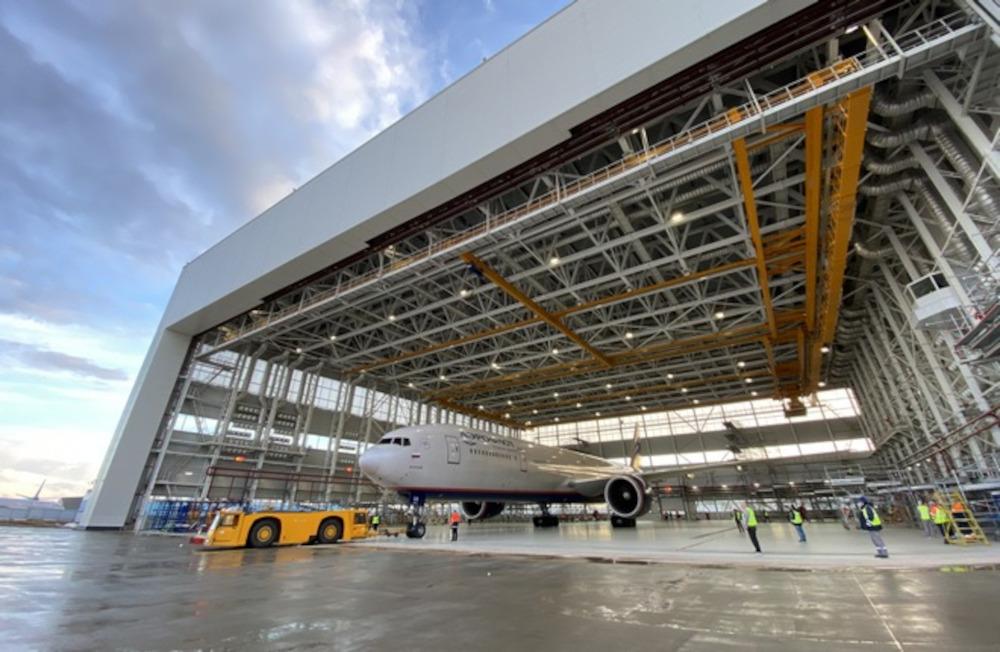
Over the past 24 hours Airbus and Boeing have halted support services and the supply of spare parts for their aircraft in Russia. The question now arises of how the country’s airlines will maintain their aircraft.
For a certain period, Russian carriers may run down their inventories of spares, and it would be interesting to know whether the big state-owned airlines boosted these ahead of Russia’s war on Ukraine.
However, that would have to have occurred recently, as on Dec. 31, 2021 Aeroflot Group listed its total expendable spare parts and inventories at RUB17.9 billion, up from RUB16.8 billion a year earlier—a small increase easily accounted for by a general rise in capacity across the group.
Regarding the European Union’s (EU) late February ban on the supply of spare parts and aircraft to Russia, Aeroflot stated: “These measures may affect the Group's ability to lease new aircraft from European manufacturers to implement the approved strategic plans of the Group's companies, and the Group is currently assessing the possible impact of these sanctions on the continuation and maintenance of existing aircraft lease agreements with European lessors.”
The Russian flag carrier added that 41% of the group’s aircraft were manufactured in the EU.
For European and U.S. lessors, which have almost 500 aircraft with Russian airlines, the situation is equally grim. First, because of the difficulties of repossessing aircraft from Russia, even if their operators willingly surrender them; and, second, because of the consequences of continued operation absent lease agreements.
In the latter scenario, Russian airlines might continue to operate aircraft on domestic routes even after their rental contracts had been terminated, running up wear cycles on components and engines.
On repossession, this could leave lessor owners facing heavy maintenance bills and the additional unwanted challenge of trying to find a new customer in a market flooded with aircraft coming out of Russia.





